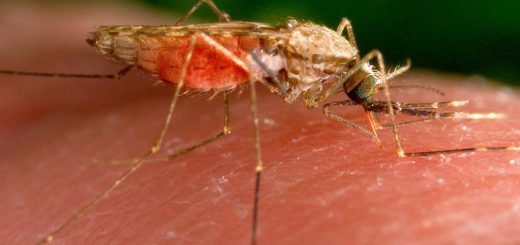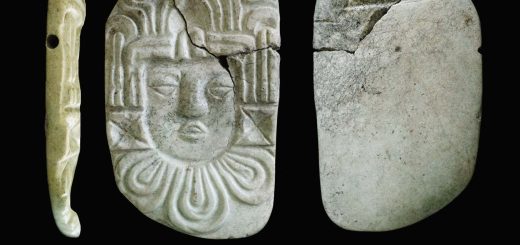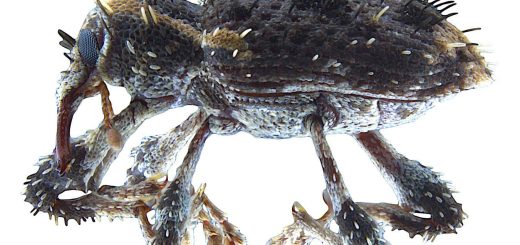Underwater volcanic brine pools could be home to extreme life forms
An expedition in the Red Sea found several brine pools that appear to be fed by underwater volcanoes, which may be home to microbes and animals with unique adaptations
By Alex Wilkins
16 July 2025
Animals found near the Mabahiss Mons volcano in the Red Sea, including amphipods and polychaete worms
Dr. Katrin Linse
Super-salty underwater lakes rich in carbon dioxide could host extreme life forms unlike any others on Earth.
Water that is rich in salt and other minerals sinks to the bottom of the ocean due to its density and, if it reaches a depression in the sea floor, can collect in a liquid lake that is distinct from the water above. These brine pools have been found in many oceans, and their unique chemical make-up – low in oxygen and rich in certain minerals – makes them places where extreme microorganisms can evolve and thrive.
Read more
Shock discovery reveals deep sea nodules are a source of oxygen
Now, Froukje van der Zwan at King Abdullah University of Science and Technology in Saudi Arabia and her colleagues have discovered a new type of brine pool that is warm, rich in carbon dioxide and appears to be fed by underwater volcanoes.
On a recent expedition to two underwater volcanoes in the Red Sea, Hatiba Mons and Mabahiss Mons, van der Zwan and her colleagues found several brine pools near the summit of the volcanoes, more than a kilometre above the surrounding sea floor and 5 kilometres away from any mineral deposits that may have increased the water’s salinity. They also found nearby areas with multiple hydrothermal vents that were releasing mineral-rich water at around 60°C (140°F).
Sampling using robotic vehicles showed that the pools were warmer than the surrounding water and had elevated levels of metal elements such as zinc and manganese.


